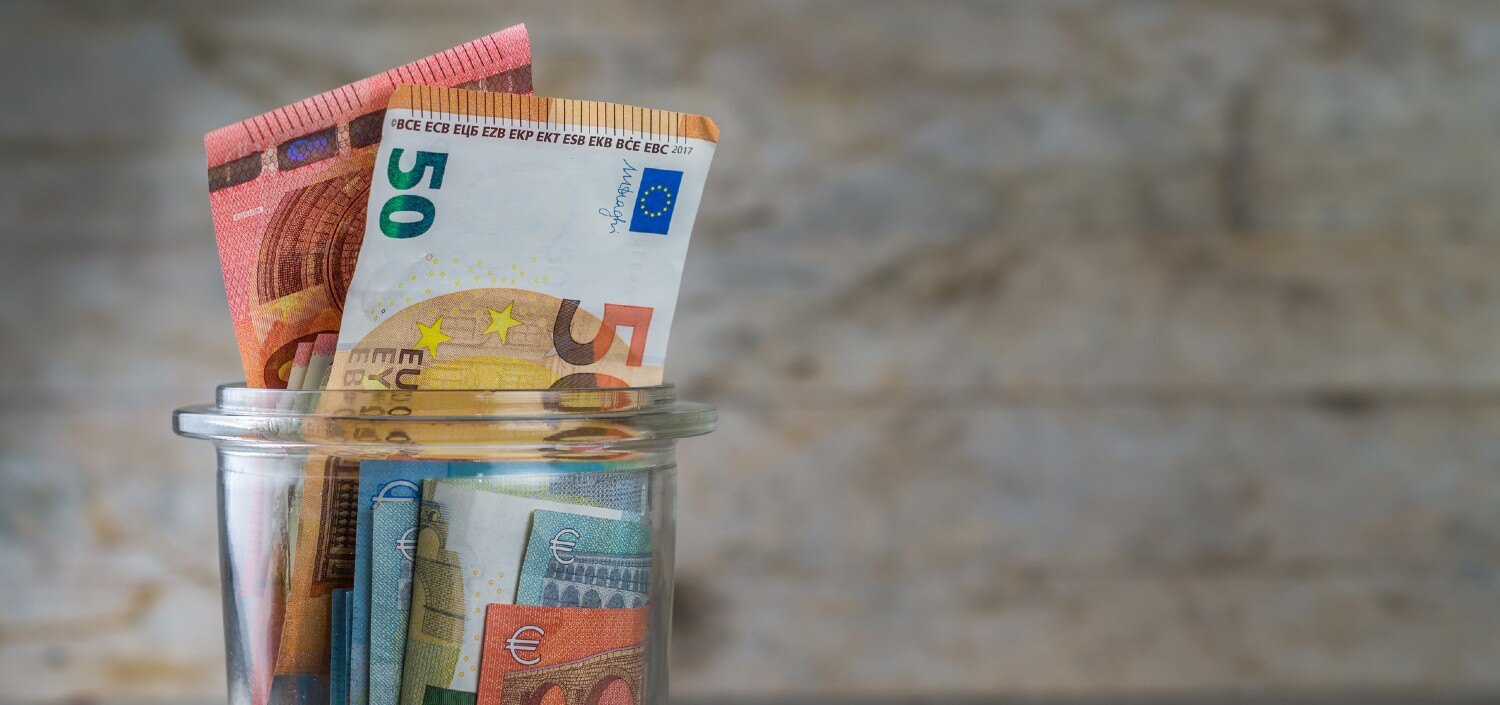21 things you may not know about the Euro

On New Year’s Day we will not only be celebrating the start of a new year, or even decade, as it’s also a special anniversary for one of the world’s most used currencies. Believe it or not, the Euro turns 21 years of age on 1st January 2020; in its honour, we’ve compiled some interesting facts and figures about this much used and frequently talked about currency.
1: The Euro symbol € comes from the fifth letter of the Greek alphabet ‘epsilon’ crossed by two parallel lines, said by some to signify the stability of the euro – although I’m not sure those who witnessed its early volatility would agree!
2: The first talks of the Euro currency can be traced back as far back as the 1960s as part of a European Economic Community (EEC) members meeting, to launch the idea of developing some form of economic monetary union.
3: It wasn’t until the 1992 Treaty of Maastricht that member countries finally agreed upon a set of rules for managing a common currency system.
4: The name euro was officially adopted at a meeting of the Madrid European Council some three years later, on 15-16 December 1995 to be precise.
5: The Euro was first introduced as a medium of electronic payments on 1st January, 1999 – although no physical currency was available at this stage.
6: It wasn’t until three years later that the Euro currency notes and coins finally came into circulation on 1st January, 2002.
7: The rise of the Euro in its short lifespan is remarkable with it now being second-largest reserve currency as well as the second-most traded currency in the world after the United States dollar.
8: Only a dozen countries originally adopted the currency from the outset – namely Belgium, Germany, Luxembourg, Finland, Spain, Portugal, Greece, Italy, Austria, Ireland, France and The Netherlands.
9: Up until 2002 when it adopted the Euro, Greece had the oldest currency in Europe - its drachma was used in ancient Greece and throughout Alexander the Great's empire – that’s a good one to fox your friends with at your next pub quiz.
10: Today the euro is the sole currency of 19 EU member states, with the original dozen being joined by: Cyprus, Estonia, Latvia, Lithuania, Malta, Slovakia and Slovenia. These countries constitute the "eurozone".
11: The Euro is also the official currency in several areas outside the EU, including Andorra, Montenegro, Kosovo and San Marino.
12: Euro banknotes have a standard print on one side and a country-specific design on the other created by an Austrian designer called Robert Kalina.
13: The front of the Euro notes features windows or gateways while the back has bridges, apparently this represents links between countries and the future.
14: The notes originally issued were €500, €200, €100, €50, €20, €10, €5. Each banknote has its own colour and is dedicated to an artistic period of European architecture.
15: In January 2019 Central banks across Europe’s single currency area stopped issuing the purple €500 bill amid concerns it was making life easier for criminals - The banknote's association with money laundering and terrorist financing earned it the nickname “Bin Laden" in some circles.
16: The €500 note made it easier for criminals to transport large sums of cash – apparently €1 million in €500 notes weighs just 2.2kg, compared with more than 20kg if €50 denominations were used.
17: Euro coins are made in silver, gold and copper tones and show a common design on one side and various national symbols on the other. But interestingly because they are made by mints in different countries, they vary slightly in size.
18: One euro is divided into 100 cent or "cents" but due to the number of different languages in the European Union, there are different, unofficial, names, for example the French call them "centimes" and the Spanish "céntimos".
19: Euro coins are issued in denominations of €2, €1, 50c, 20c, 10c, 5c, 2c, and 1c, but to avoid the use of the two smallest coins, some cash transactions are currently rounded to the nearest five cents in the Netherlands, Ireland and Finland.
20: The common sides of all euro coins show a map of Europe, but Estonia is the only EU member state that shows an outline map of its own country also, albeit on the reverse of its coins.
21: The nine countries in the EU that still do not use the Euro are Denmark, Bulgaria, Croatia, the Czech Republic, Hungary, Poland, Romania, Sweden, and the United Kingdom (though we are not quite sure how long the UK will remain in the EU!)
Within the past 21 years, the Euro has gone from being an ambitious economic dream to one of the world’s leading currencies. As shown from the 21 facts, it hasn’t always been the powerhouse that it is today, with only a few adapters in the early days. Who knows where it will be in another 21 years…?




